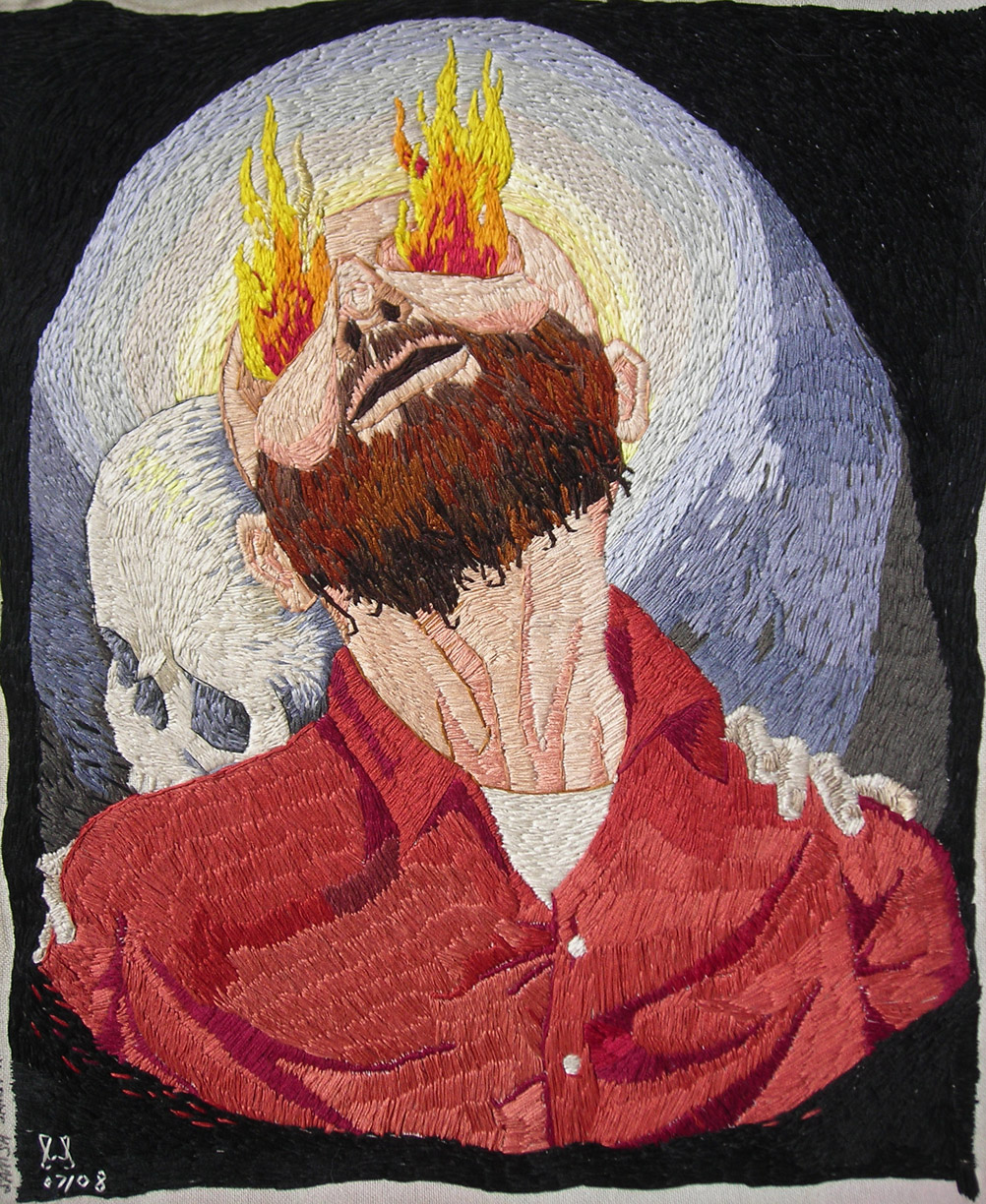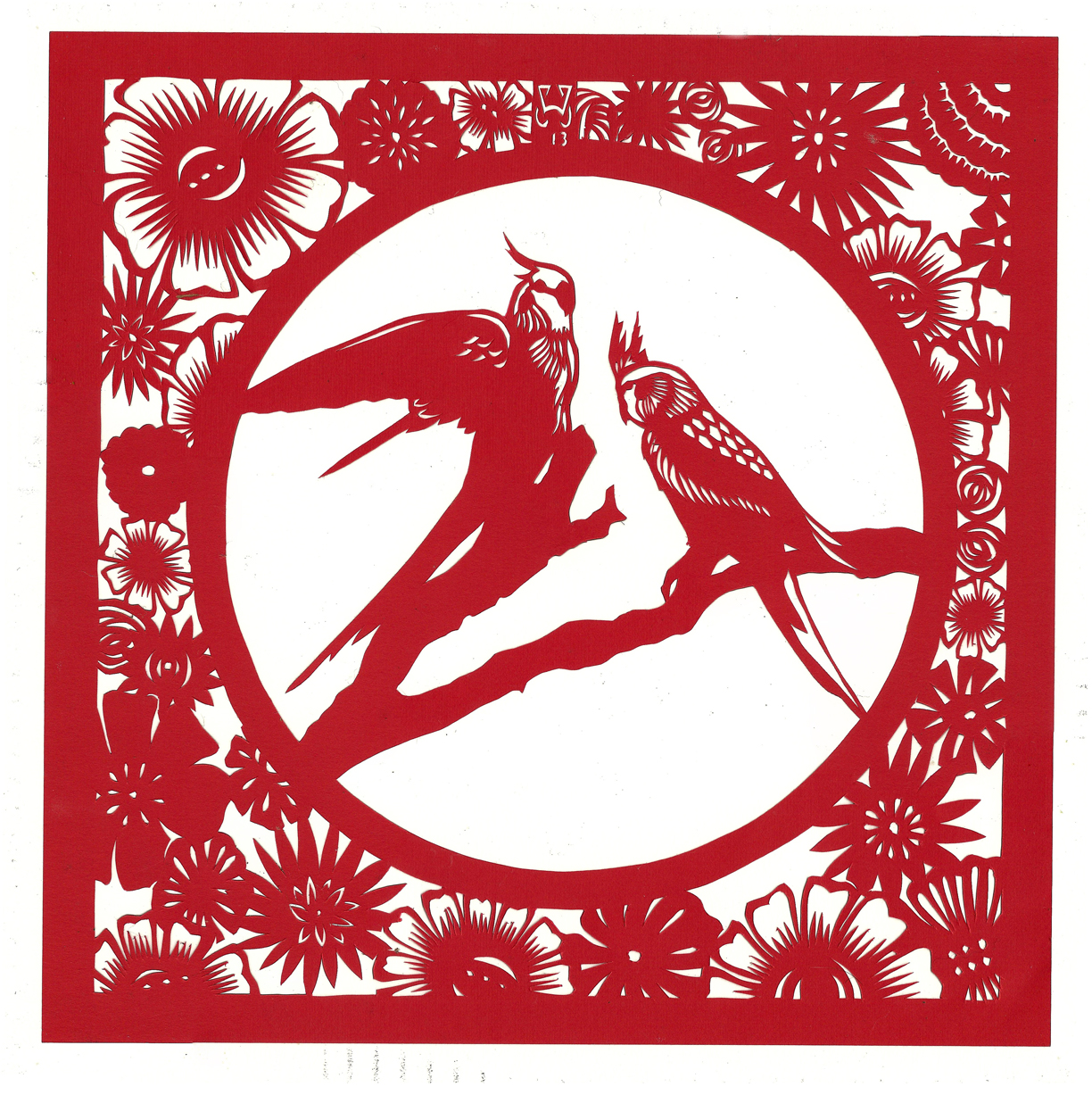I've said this before, but my creative life is an embarrassment of riches, full of truly dazzling artists who inspire me, challenge me, and cause me to think and feel on a deeper level. Will Schaff is one of those artists. He is dedicated, generous, and always thought-provoking.
Will's home/studio is a place of constant creative motion. Unfortunately, it's in peril. Will and friends are in the middle of an active fundraising campaign to keep this treasure intact, and there are LOTS of beautiful perks for artists and art-lovers who give to the cause. Be sure to check it out HERE.
Will, how do you define creativity? Creativity to me has always just seemed like a way of looking at things. Anything, really. It is certainly not limited to the traditional arts. In fact, I guess a truly creative person wouldn’t let a word like “tradition” confine their actions. So, be it a computer programmer, a visual artist, or a bagger at the grocery shop, creativity is how you look at your task ahead of you.
You work in lots of mediums from drawing and embroidery, to stencil and paper cut. Do you let the subject matter define the medium, or vice versa? Both, really. It can change from piece to piece.
Your work often deals with suffering, whether it be suffering from illness or at the hands of authority figures. Do you look at artmaking as a cathartic practice? Does it help you process and somehow transform the suffering you see and/or experience? It has been a cathartic experience for me, and I feel it certainly can be for others as well. It is cathartic in the way asking questions is a cathartic experience. Being brought to a new level of understanding, or to a better question, can be difficult, but also there is a relief in getting to move on to the next point.
I've noticed dogs and birds show up a lot in your imagery. Can you talk about the connection you have to animals? For years my work only dealt with weighty topics. Folks would often ask, “Why don’t you draw something nice?” I felt there were enough folks doing that, and not enough asking important questions. And, with all my other jobs then, I had limited time to create art, so I focused on what I felt was important. As I have made art a full-time practice I now have the time to comment on that which I find beautiful as well. Animals are what I wish humans could seem to me, a true and high example of the beauty that is God’s creation.
You've collaborated with some awesome musicians (Okkervil River, The Mighty Mighty Bosstones, Goodspeed You! Black Emperor, etc.) on album covers. How does that process work, do you listen to the music first and then come up with imagery, or something else? I do it simultaneously. A lot of the imagery I provide is as much a look into where my head is on those days, as well as my response to the music. Listening to the music while I work, over and over again, is a big and useful part of the process. And again, none of the imagery I have made for musicians has been devoid of where my mind is at while making it. Hopefully that shows in the work, and helps to make a stronger connection for folks.
You're in the middle of a big fundraising campaign to raise money for your amazing, welcoming, art-filled home studio. Tell me about the campaign and some of the perks folks can get when they donate. The campaign is intended to help get me out of the repetitive cycle of having utilities shut off, and falling into foreclosure. (This is my third time.) I try to keep my art as affordable as possible, while still providing myself with a living. Combine that with the fact that art is not a steady paycheck, and it makes for a tenuous business plan. I have tried to offer perks that allow folks, no matter what their own situation is, to be able to participate. I am offering original work, prints, playing cards I have designed, and an artist residency here at the Fort. The best way to find out all the wonderful options is to go to the campaign webpage.
Everyone's had moments on their creative journey where they really doubt their path. Can you recall a time when you wanted to give it up, and the thing (or person) that kept you going? Most days I shake my head at what it is I am trying to do. What keeps me going is many things. Mostly, though, people like you, and all those who continue to encourage me.
Favorite artists or influences? Too many to mention.
How about one artist you admire, and what it is you like about their work? Hard working ones. I don't mean to be cagey with my answer, but there are so many I admire. And yet, I have met so many artists who pick and pluck at it like they should be exempt from hard work because they are an "artist." One example of an artist I admire is David Lamb of Brown Bird. He's my house mate and inspiration. Both he and his wife don't take for granted the blessing they have to be working artists. When he is not on the road, I will hear him practicing for hours throughout the day, and then, every night, he and his wife and fellow bandmate, MorganEve, practice together for hours. I really respect that, and it is a reminder to me to never stop honing your craft for the people who are, ultimately, helping you to be able to do that craft for a living. There are others, but I chose him because I literally see him right around me most days.
Daily habits or practices? Probably not many that should be followed by others. Don’t ever be “bored.” If you find yourself bored, scold yourself for not figuring out some way to make use of your time towards a goal you want.
Advice for aspiring artists? I always find this to be one of the toughest questions to answer. Between my cynical side, and the side of me that does really believe in the wonders of this world, I try to refrain from giving any advice. It would depend too much on what mood you catch me in. I wouldn’t claim how I have done things is the best way, or the most successful. Instead, I just try to remind the new, nervous artist that if it is meant to be, you will find a way to make it happen. Might not be the most comfortable way, and you might not have a very long run, but like breathing, you find a way to do it. So just keep at it. Keep your loved ones and friends close, because you will need them, and they you as they struggle with their own efforts.
William Schaff has been known for a lot of things. Some of them admirable, some not so much so. In all things, he gives glory to God. You can track Will down on Flickr, Facebook and Twitter. (Photo of Will and his dog Dinner above by Michael Cevoli.)












